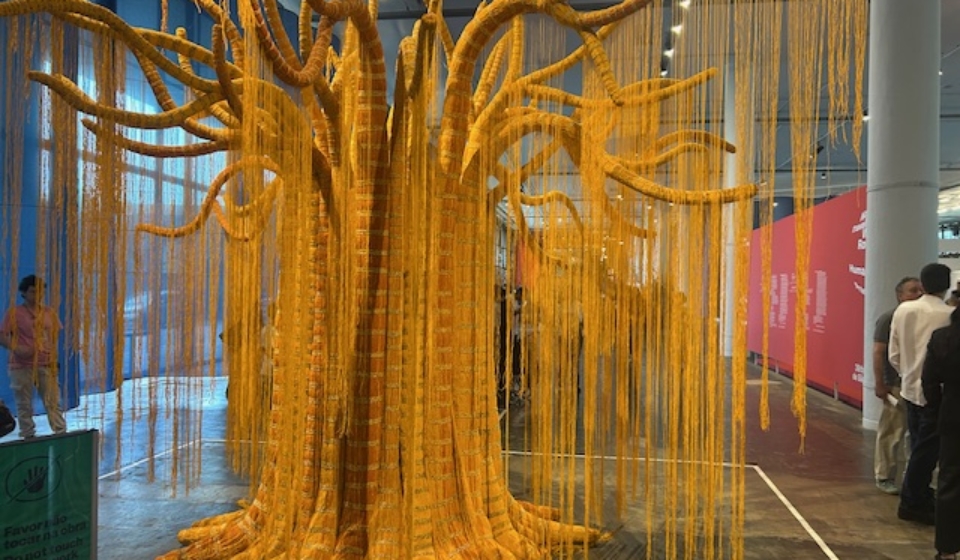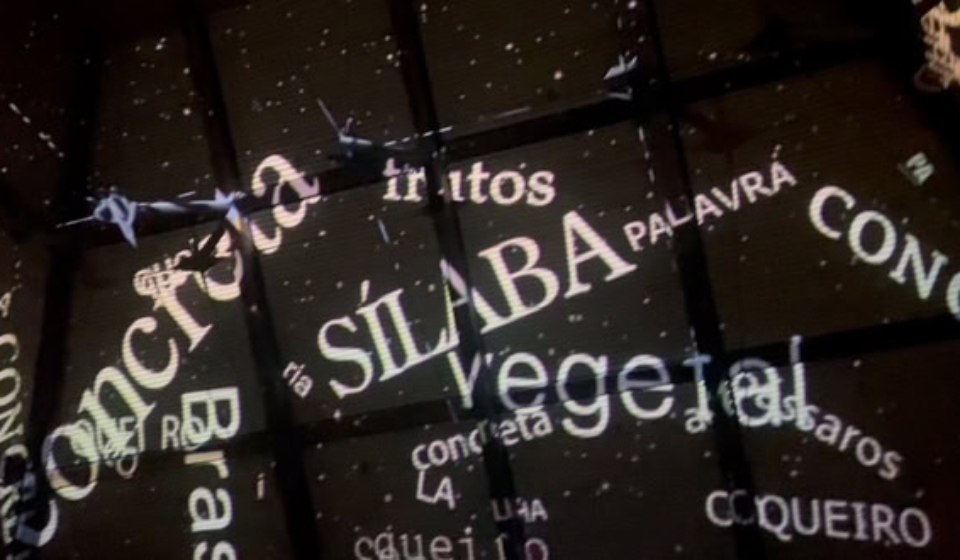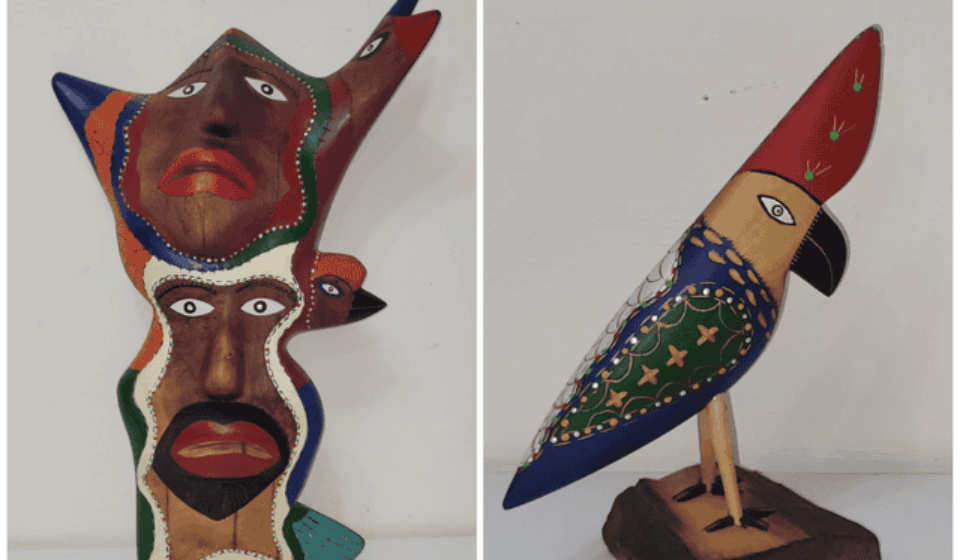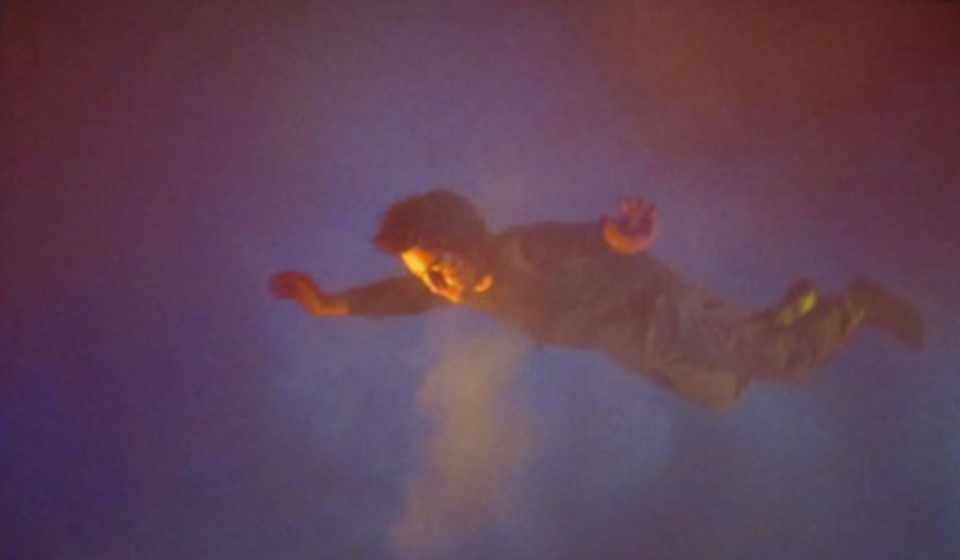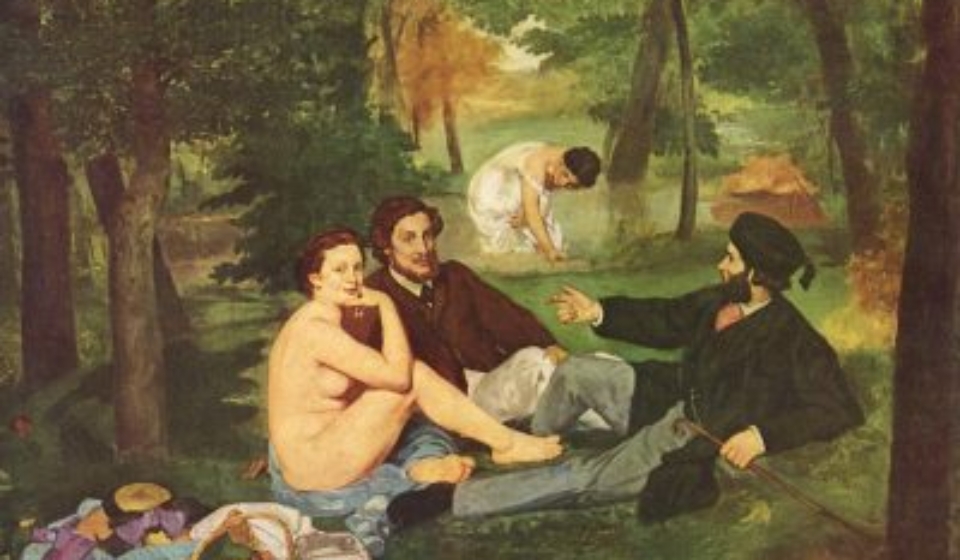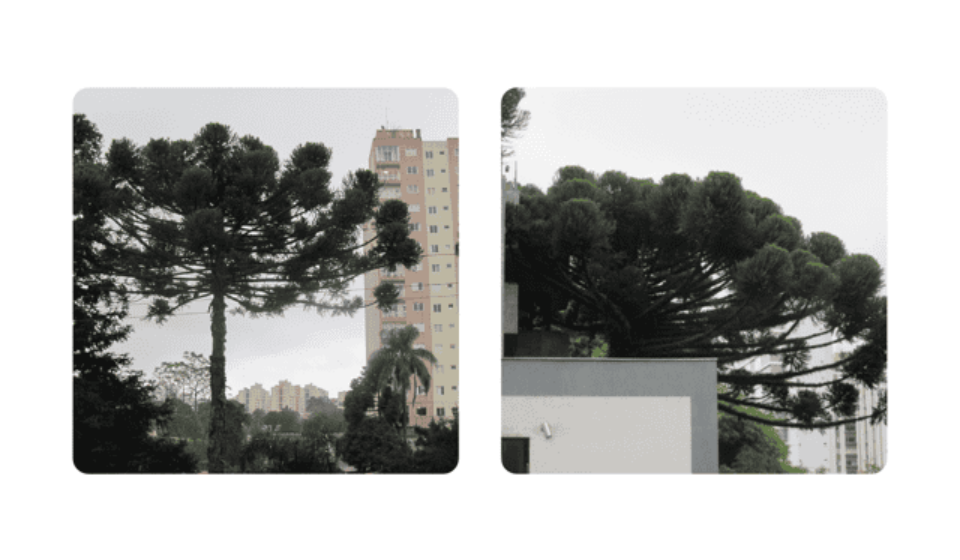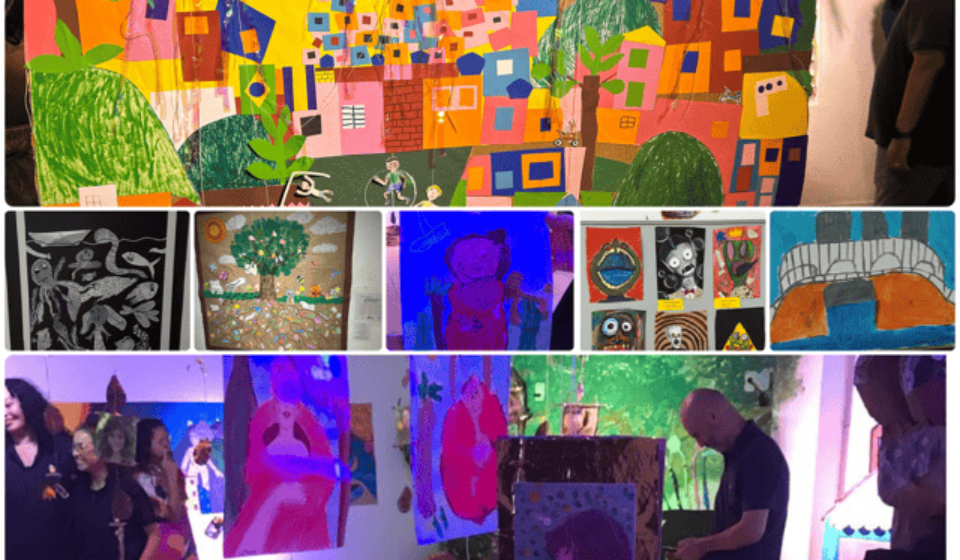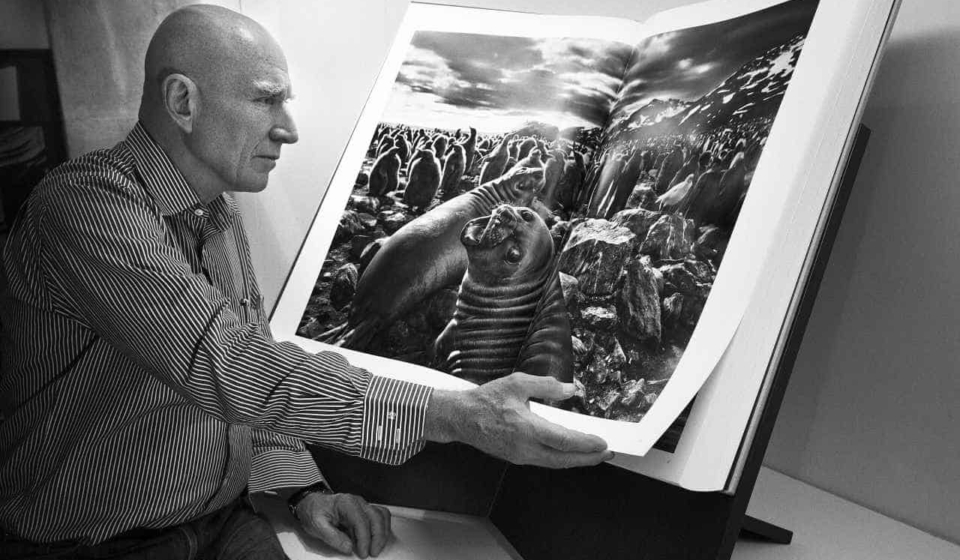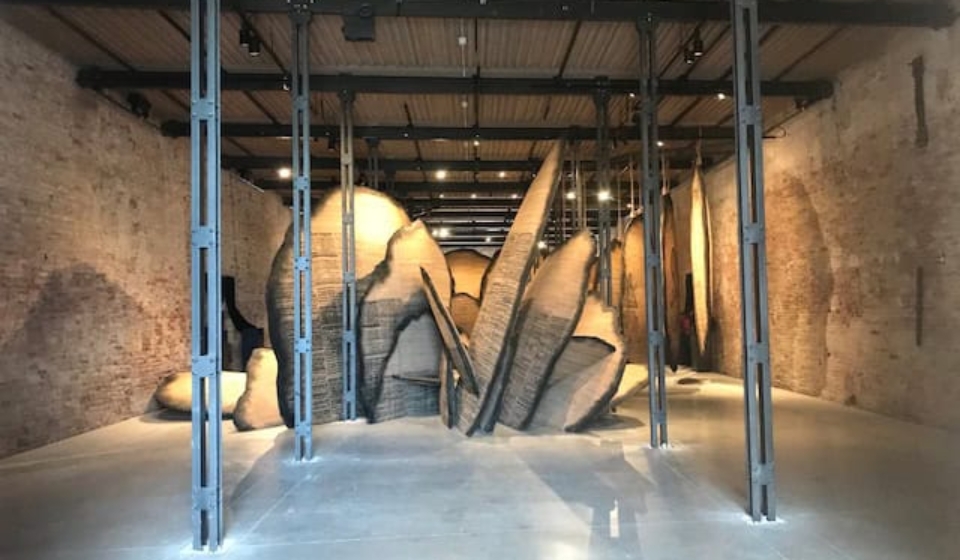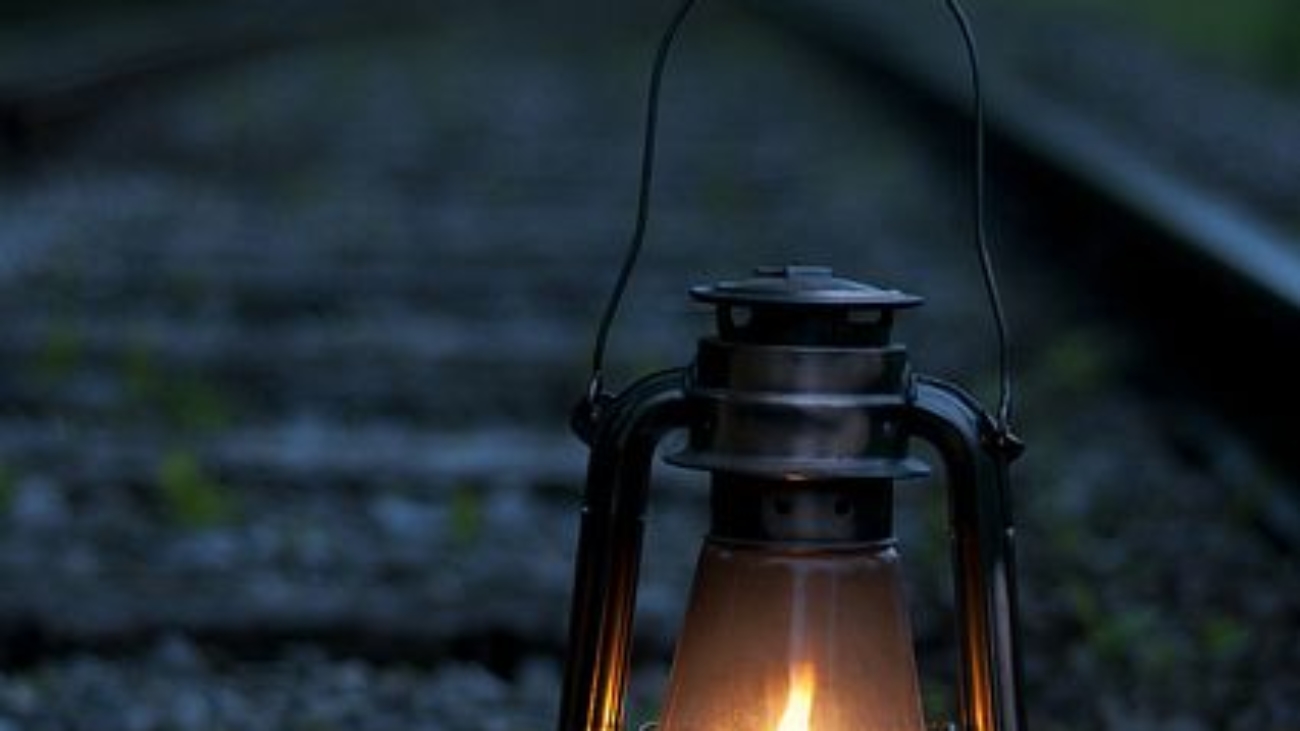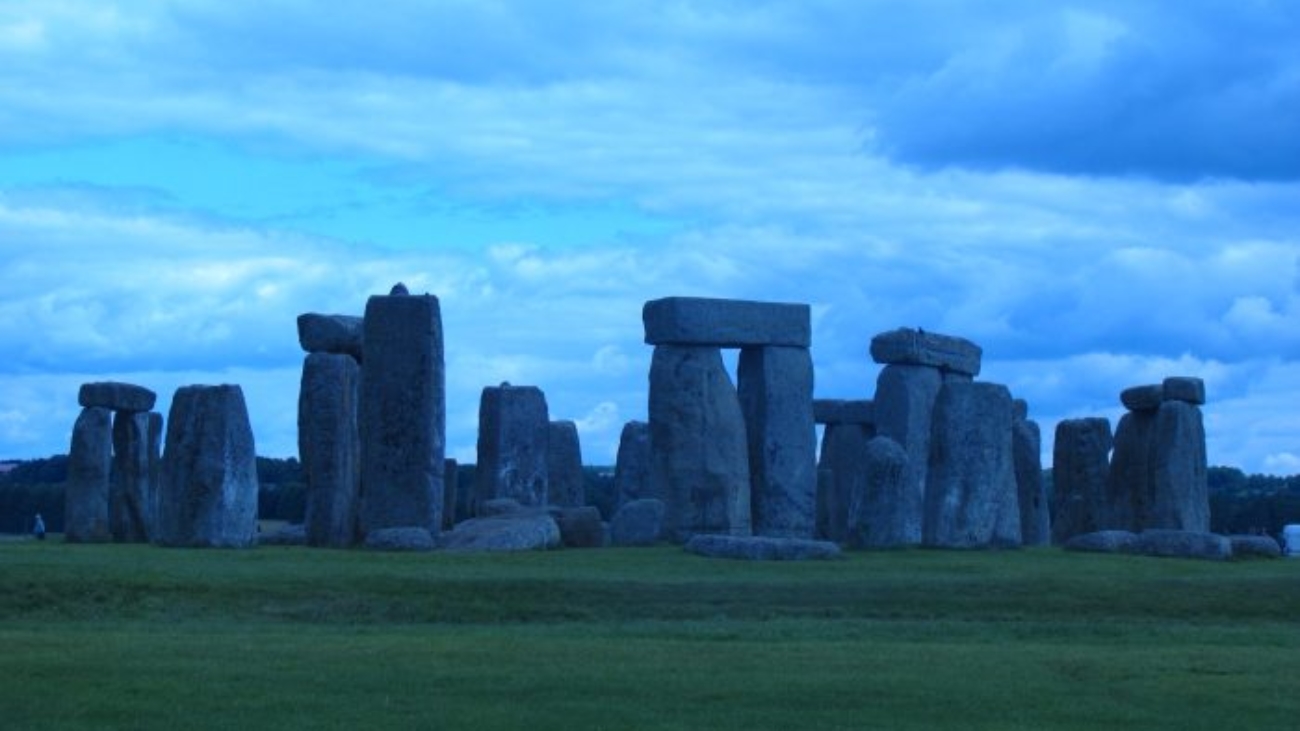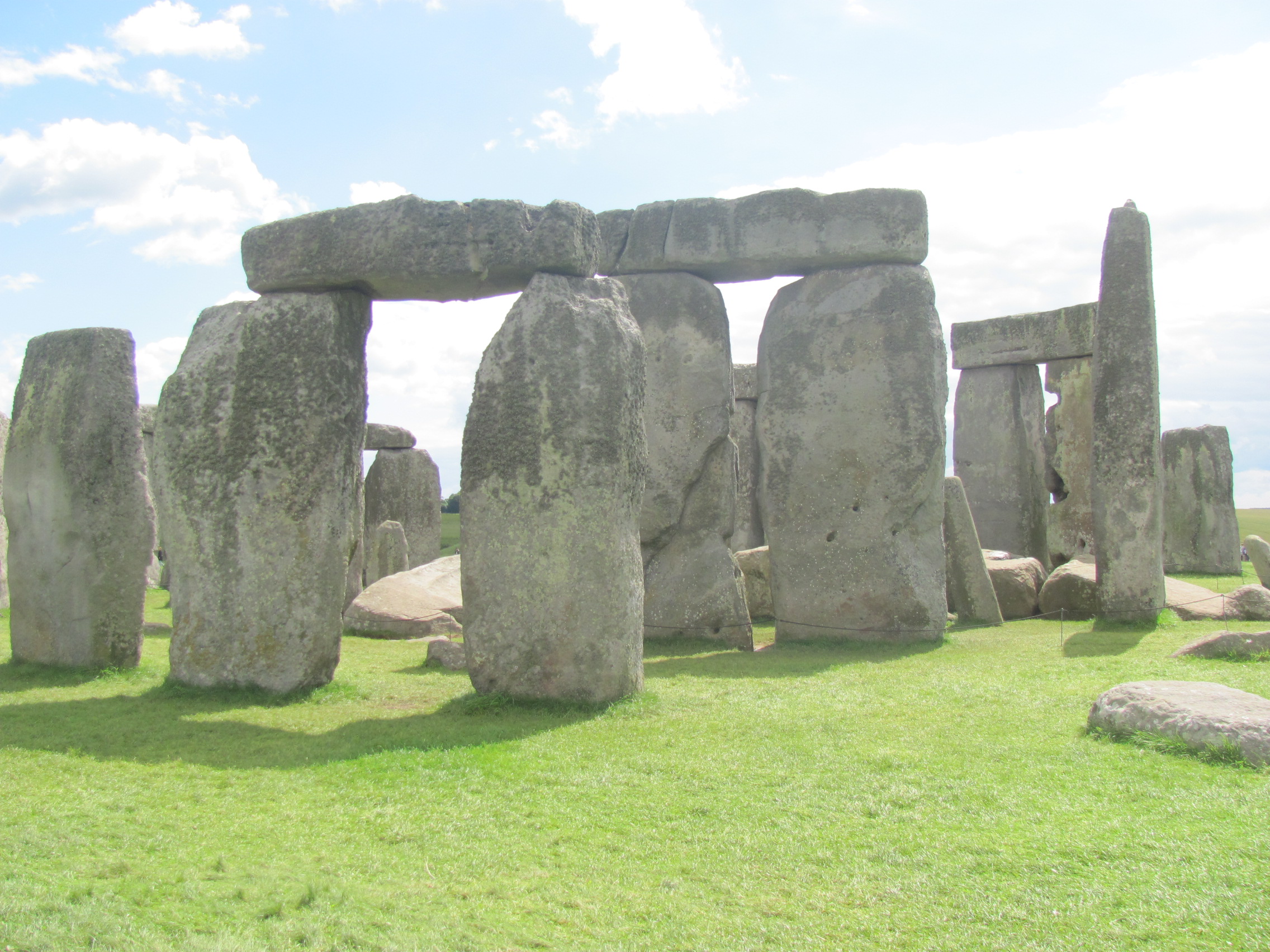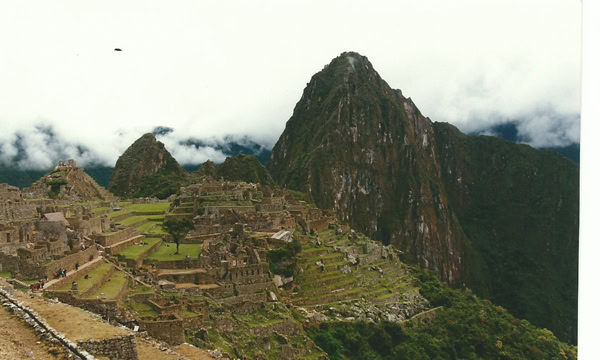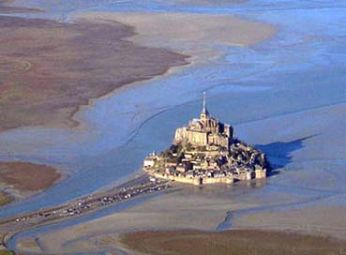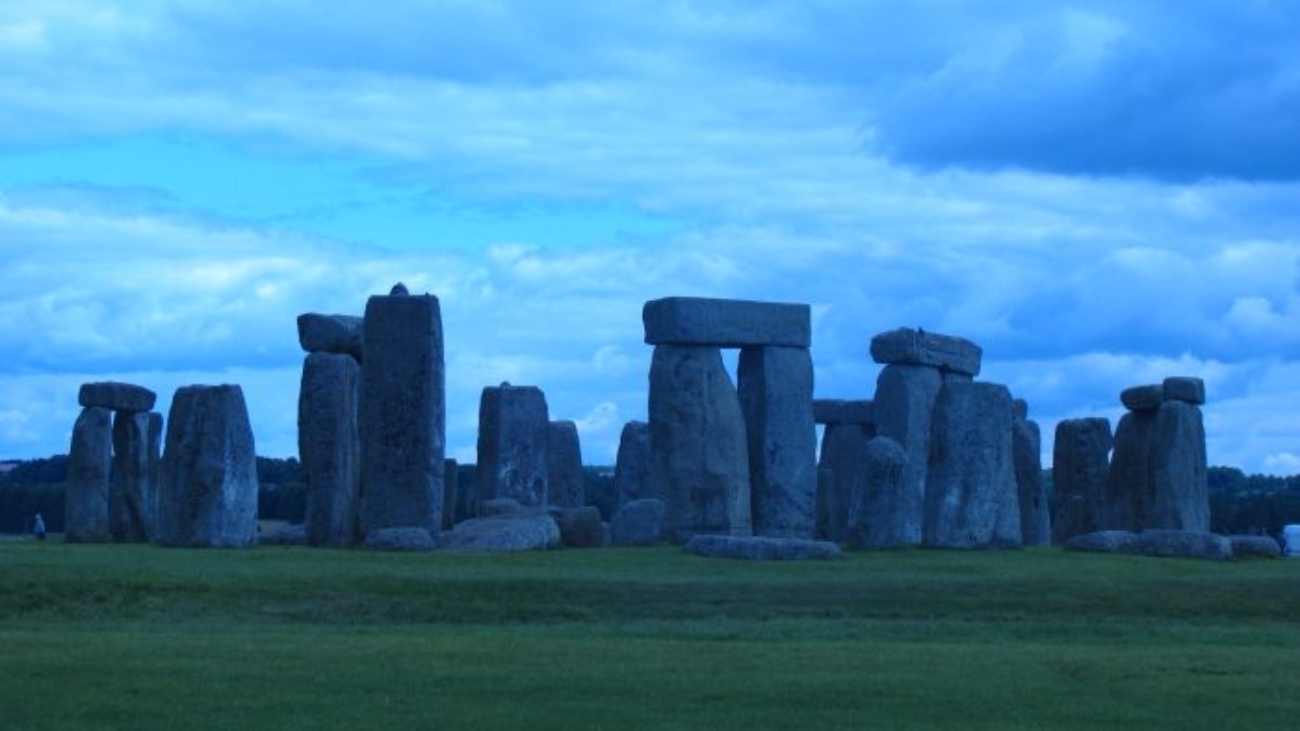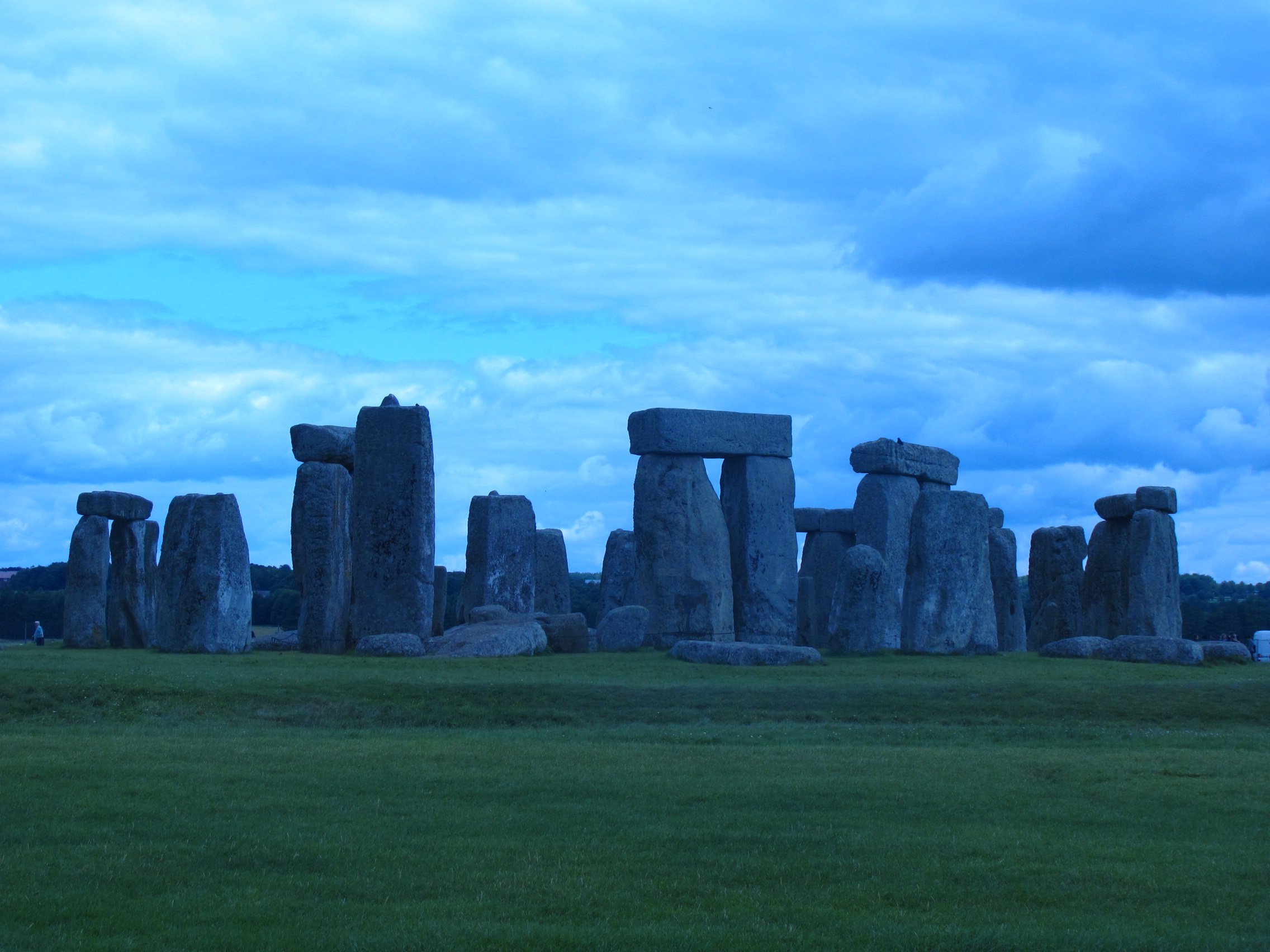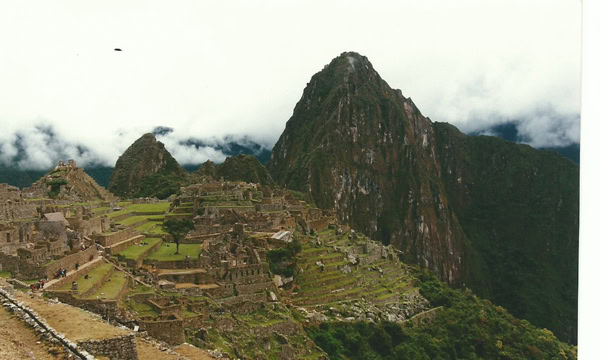Por Erol Anar / Depois de a serração acabar cheguei numa praia. Olhando ao horizonte via um navio rumando para longe, pensava que você estava nele e não tirava os olhos até vê-lo sumir. Sabia da impossibilidade de ver esse navio novamente e você dentro dele. Num hotel da principal rua da cidade, ao lado da janela, observava a noite e as luzes como se fossem uma mulher deitada na minha frente. Nas ruas as pessoas andavam rápido como se não quisessem se atrasar, algumas entravam no cinema, os vendedores de frutas gritavam, havia prostitutas também. Meu coração era um ponto de incêndio da cidade bombardeada no lado mais populoso dela.
De repente estava segurando um barulho de trem e voltava para minha infância, lembrava das brincadeiras na ferroviária, sob os trilhos que carregavam nossos sonhos para longe dali. Deixamos nossas infâncias nas locomotivas, acenávamos nos despedindo dela. Para onde levaram nossos sonhos infantis? Quem sabe? Nossas infâncias sumiram como as fumaças do trem dissipadas pelo vento.
Eu te esqueci nos caminhos distantes
E por lá me lembrei de mim …
Os navios viajando dentro de mim
Os navios deixaram os portos e rumaram ao oceano existente em mim. Eu acenava nas praias nos mares dentro de mim, visitei pequenas ilhas. Descobri minhas ilhas próprias e entendi que descobrir suas ilhas próprias é mais importante do que descobrir a América.
Os navios estavam partindo
dos portos dentro de mim.
As velas estavam abertas
para rumarem ao norte do meu coração.
Meu coração esqueceu você
enquanto te enterrava
nos oceanos mais fundos.[1]
Eu sentia saudade de sonhar. Nunca me lembrava meus sonhos. Durante noites seguidas ficava sem dormir, depois dormia profundamente e queria sonhar. Acordava em planetas distantes, com coisas vivas e plantas esquisitas. Às vezes acordava e tinha meus sonhos interrompidos, era estranho porque acordava dentro do próprio sonho. Passava de um sonho para outro, mas não despertava na vida real.
Eu te esqueci nos caminhos distantes
E por lá me lembrei de mim …
[1] Próprio autor.

